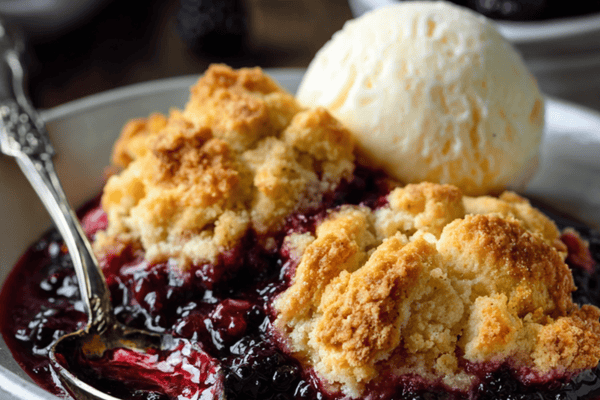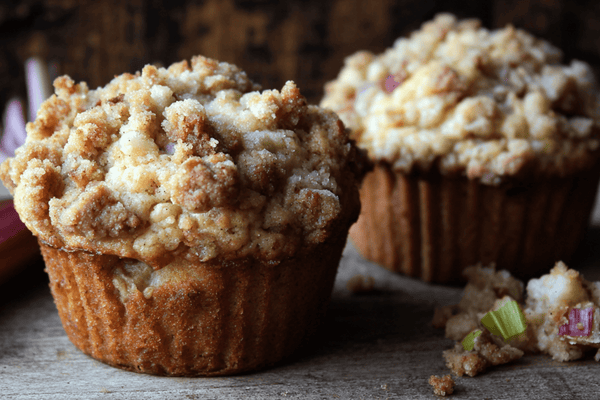 If you want to be the most effective chef you can be then you will need a plethora of tools and this includes a good selection of kitchen knives. While many people focus on the chef’s knife, it’s easy to forget about other types. The paring knife is one of the most versatile and well-used tools in the professional kitchen so whether you’re a professional chef looking for a good paring knife or a total novice in search of their first tool, we’re here to tell you everything you need to know.
If you want to be the most effective chef you can be then you will need a plethora of tools and this includes a good selection of kitchen knives. While many people focus on the chef’s knife, it’s easy to forget about other types. The paring knife is one of the most versatile and well-used tools in the professional kitchen so whether you’re a professional chef looking for a good paring knife or a total novice in search of their first tool, we’re here to tell you everything you need to know.So, let’s take a look at the paring knife!
Table of contents
What Is a Paring Knife?
A paring knife is one of the most versatile kitchen tools out there and many professional chefs would be unable to get by without one. So, this means that even in a domestic kitchen, this knife certainly has its place.These knives have a small blade that is incredibly sharp and this makes them perfect for a wide variety of tasks, which we will look at in more detail later on in this guide. The problem is that a lot of cooks confuse the paring knife with other types of small knives and even the utility knife so when you are shopping for one, it’s super important to be able to tell the difference.
Paring knives have a blade that measures anywhere between three and four inches, which is around eight to ten centimetres. They are much more compact than other types of blade in a kitchen knife set, which allow you to be far more precise with your cutting. The blade can be maintained, like any other Japanese knife, with good knife sharpeners, such as a whetstone.
You may sometimes hear this quality knife being called a peeling knife and it’s no wonder when you consider that they are ideal for this type of work. One of the major benefits of this Japanese knife is simply how many tasks this knife is useful for, rivalling even the chef knife, santoku knife or boning knife. Just take a look below at some of the things it can do
● Peeling vegetables
● Slicing vegetables
● Coring
● Seed removal
● Eyeing potatoes
● Finely chopping herbs
● Removing mushroom skins
● Crushing garlic
● Cutting fruit and vegetables into small pieces
● Shucking oysters
● Deveining prawns
● Filleting fish
● Food Preparation
● Removing meat fat
● Scoring meat
● Smaller carving jobs
How Do You Use a Paring Knife?
 When it comes to using a paring knife, there is just as much versatility as there is in what these blades can do. You can either use a traditional cutting method using a chopping board or you can cut food in the air, away from the chopping board. The latter is typically done using a bird’s beak paring knife and gives the user far greater control.
When it comes to using a paring knife, there is just as much versatility as there is in what these blades can do. You can either use a traditional cutting method using a chopping board or you can cut food in the air, away from the chopping board. The latter is typically done using a bird’s beak paring knife and gives the user far greater control.It’s important to first choose a paring knife that suits you as some are heavier than others and this can affect how well you control the knife. Generally speaking, it is the handle that affects the weight of the knife with those with plastic handles being much lighter than those with a forged handle.
You will also need to practice holding your paring knife correctly and as with any other type of knife, you will need to make sure that you have an excellent grip on it. Doing this will give you the greatest level of control over the sharp edge. For the most part, the handle will have been ergonomically designed which helps a lot.
The handle should be inside your fist while the thumb or index finger should rest on the spine. Do whichever feels more comfortable for you. Unlike larger knives which require the user to use the heel of the hand for control, the paring knife requires that you guide it with your wrist.
Are There Different Types of Paring Knives?
If you thought that choosing any old paring knife would suffice then think again. There are several different types so it’s worth exploring these before making a choice on which is best for you.
Spear Point
 Many would consider this to be the classic paring knife and it features a blade that curves outwards slightly. The blade is smooth and short and this design allows the chef to exert as little pressure as possible so that the knife does most of the hard work. Some feature a toothed blade for when you need to perform a sawing cut.
Many would consider this to be the classic paring knife and it features a blade that curves outwards slightly. The blade is smooth and short and this design allows the chef to exert as little pressure as possible so that the knife does most of the hard work. Some feature a toothed blade for when you need to perform a sawing cut.These knives are ideal for slicing and peeling fruits and vegetables and are brilliant if you’re looking for something multifunctional. However, the cutting edge does tend to be on the small side.
Bird's Beak
 The bird’s beak paring knife features a blade that is shaped more like a sickle and has a concave design. The tips of these blades are extremely sharp and they are perfect for coring and peeling fruits as well as doing more delicate cutting work. What’s more, since the blade is rounded, you end up with less waste! However, keep in mind that this shape does make these knives more challenging to sharpen.
The bird’s beak paring knife features a blade that is shaped more like a sickle and has a concave design. The tips of these blades are extremely sharp and they are perfect for coring and peeling fruits as well as doing more delicate cutting work. What’s more, since the blade is rounded, you end up with less waste! However, keep in mind that this shape does make these knives more challenging to sharpen.
Sheep's Foot
 The sheep’s foot paring knife boasts a straight, flat blade with a round tip so that when you are cutting, only the tip touches the chopping board. They’re often used for julienne cuts and are great when it comes to cutting cheeses.
The sheep’s foot paring knife boasts a straight, flat blade with a round tip so that when you are cutting, only the tip touches the chopping board. They’re often used for julienne cuts and are great when it comes to cutting cheeses.What’s great about the sheep’s foot paring knife is that it will retain its edge for much longer than other types.


